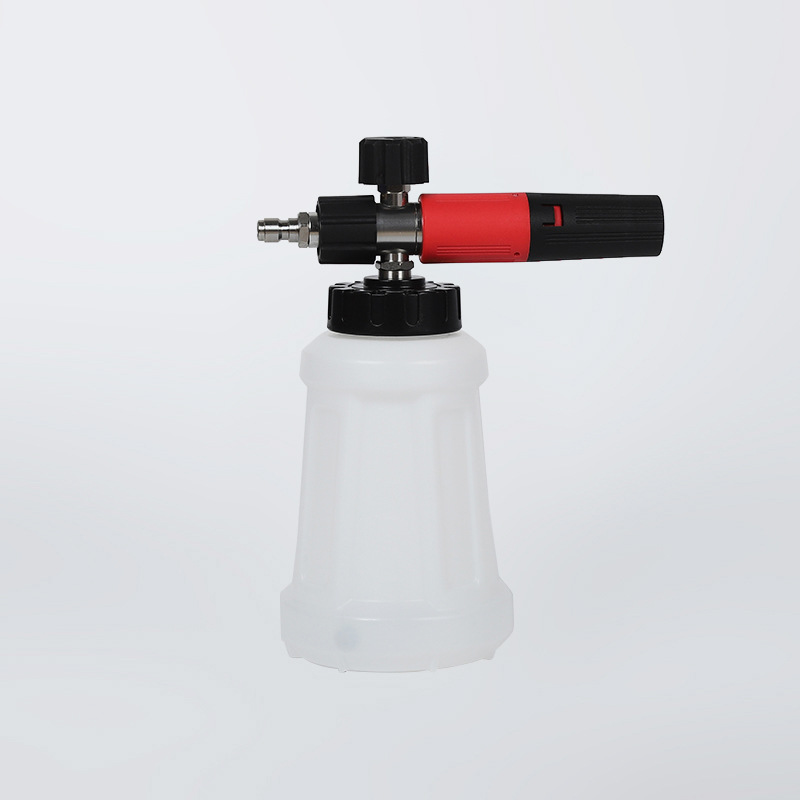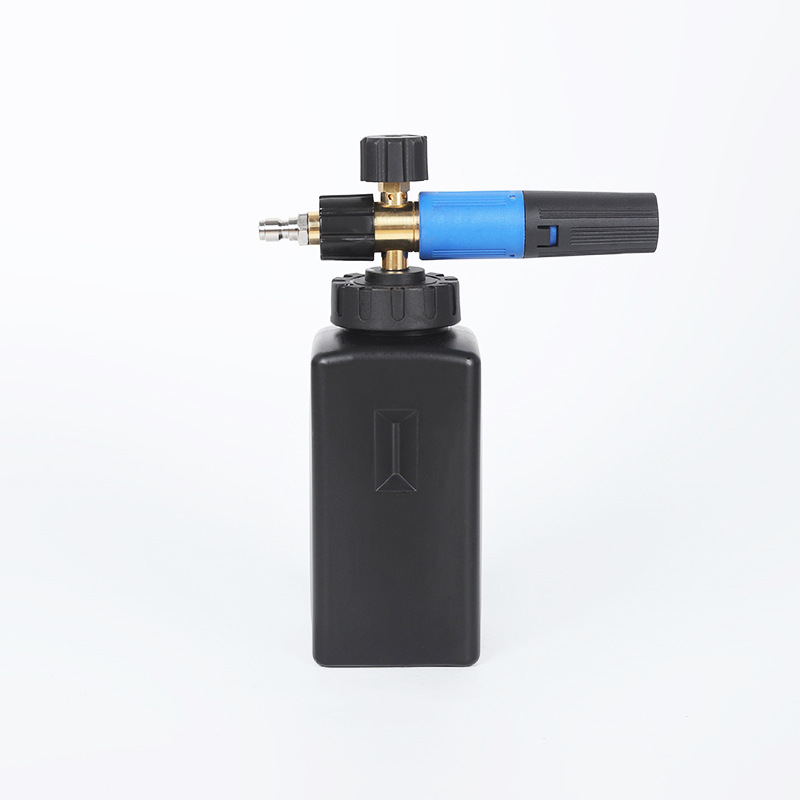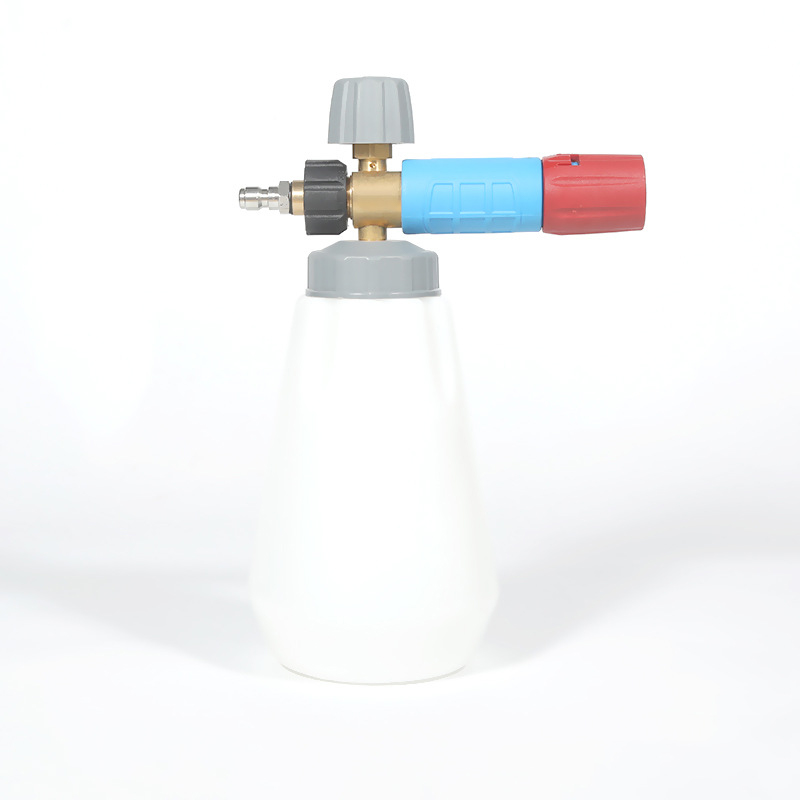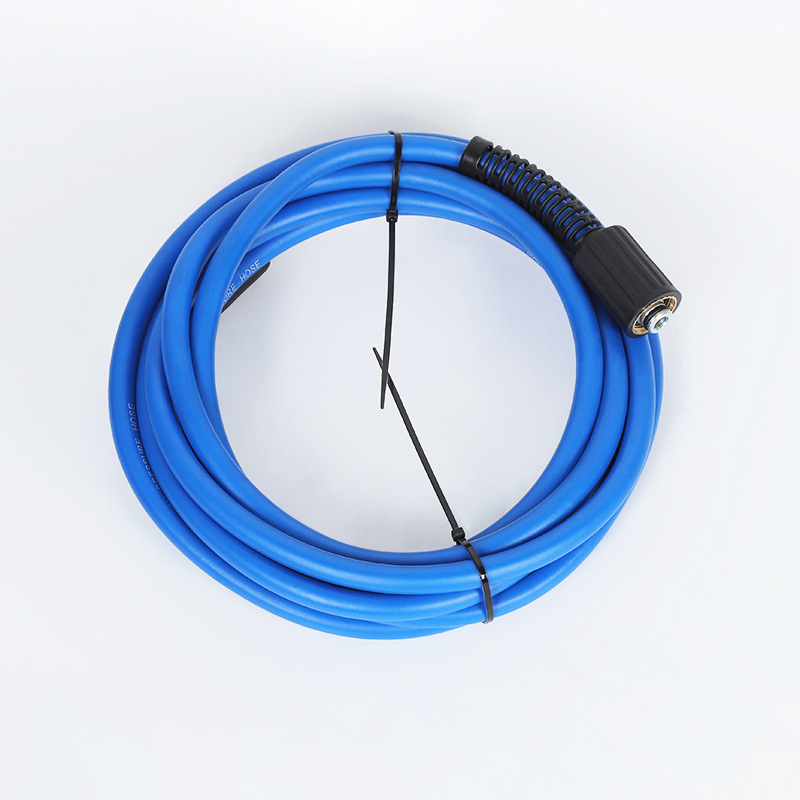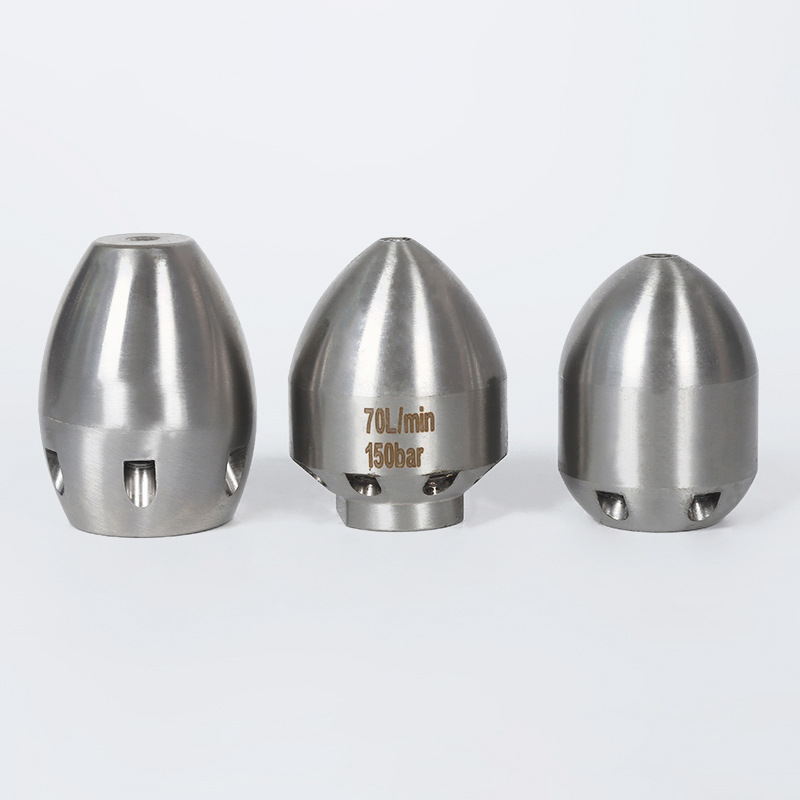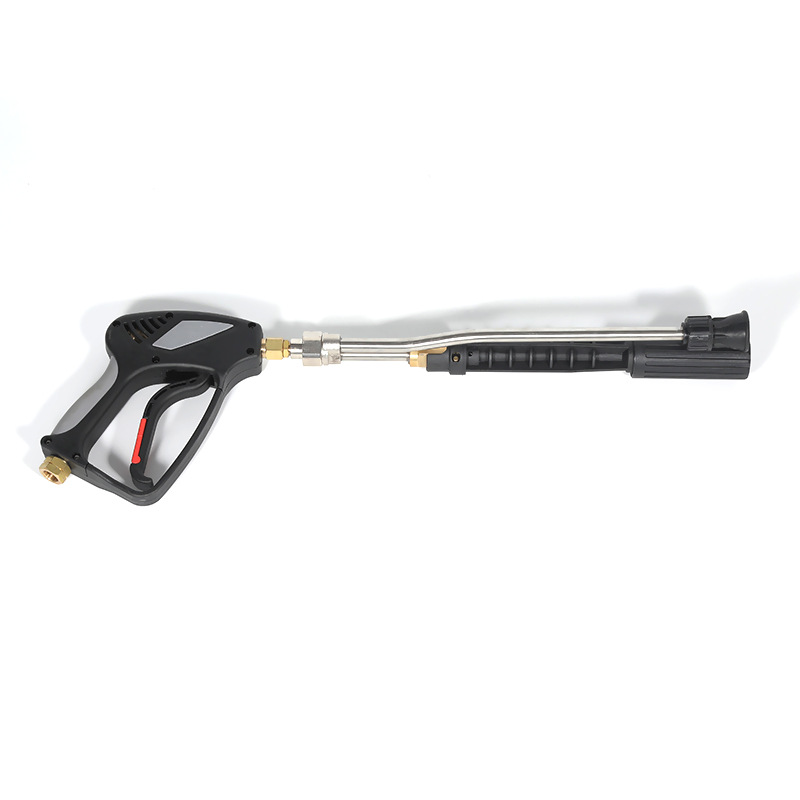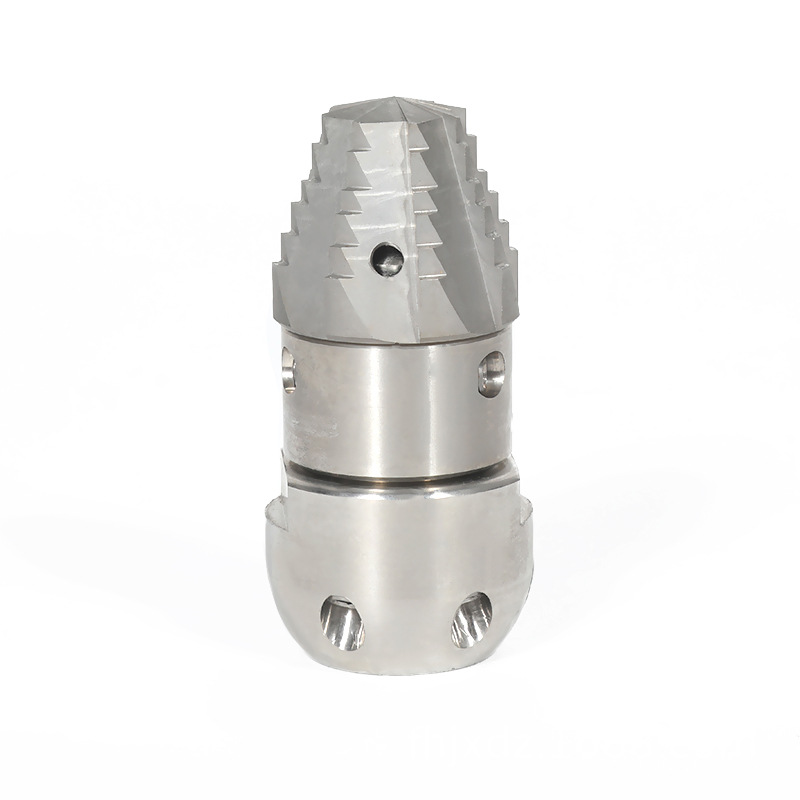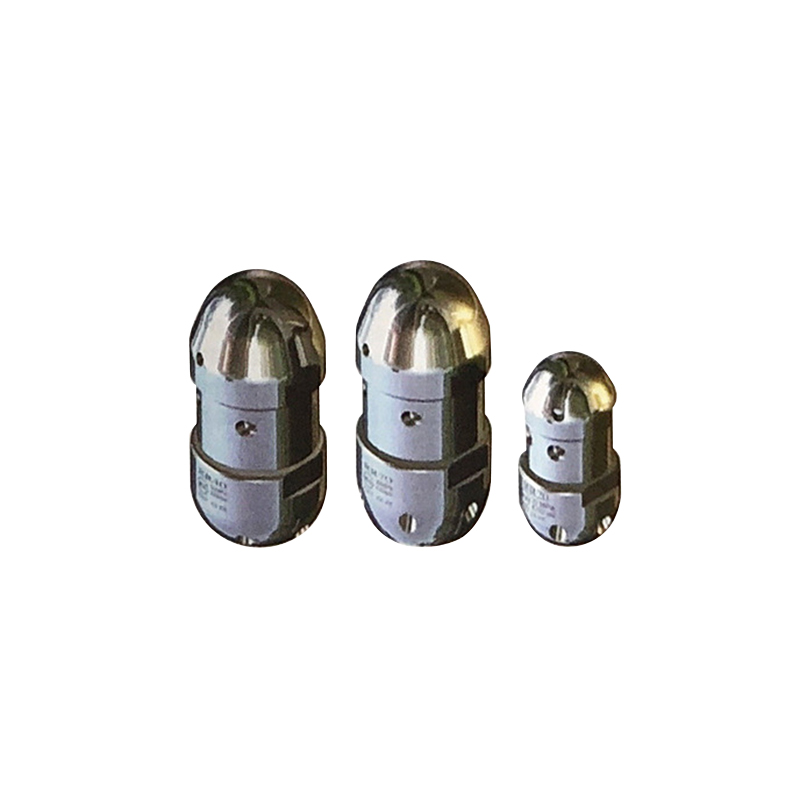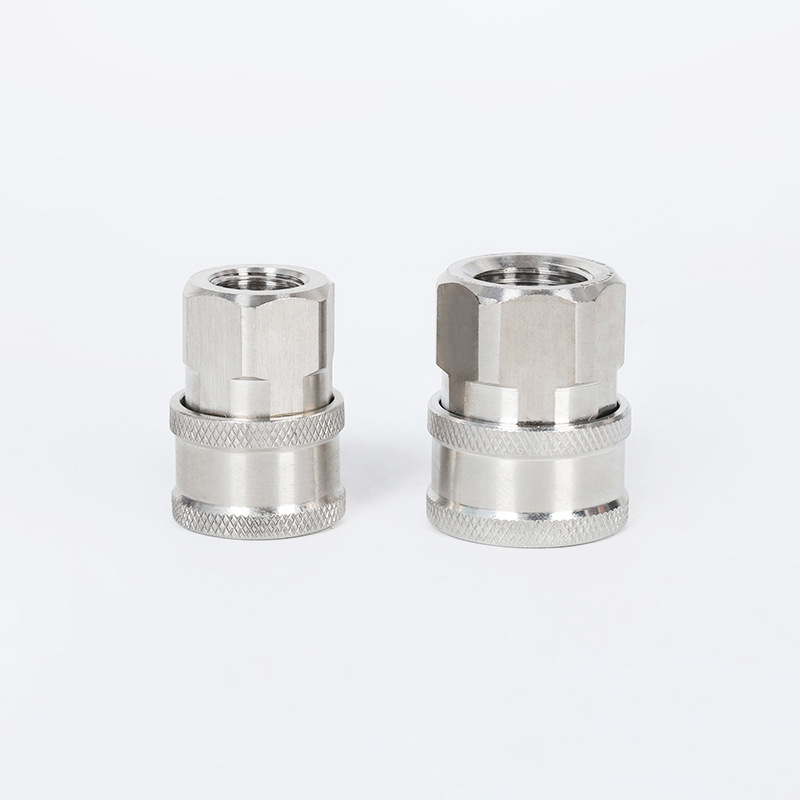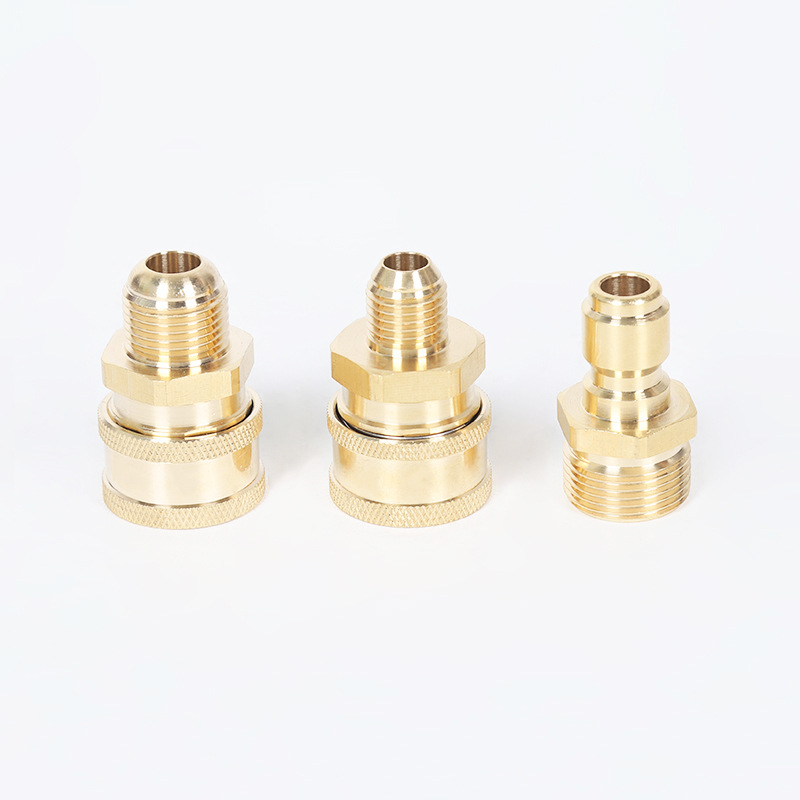Regularly check the appearance of the hose
In order to extend the service life of the pressure washer hose, you should develop the habit of regular inspections. When checking, you need to focus on observing whether there are abnormal phenomena such as cracks, wear, bulges, creases, etc. on the surface of the hose. At the same time, you need to check whether there are signs of looseness or leakage at the joints. Regular inspections help to discover hidden dangers in time and take corresponding measures to prevent failures or safety problems caused by hose damage under high pressure.
Correct use of hoses to avoid overstretching
When operating a high-pressure cleaning machine, you should avoid overstretching or violently pulling the hose. Although the hose is designed to have a certain tensile strength, if it is frequently pulled too tight or straightened for a long time during use, it will cause damage to the internal structure of the hose and reduce the pressure-bearing capacity of the hose. The hose should maintain an appropriate margin so that it can move flexibly with the cleaning operation.
Prevent the hose from tying or sharp bends
During the use or storage of the pressure washer hose, the hose should be prevented from tying or sharp bends. Knotting or bending of the hose can easily lead to uneven pressure on the internal pipe wall. Long-term use will accelerate hose fatigue and even cause partial rupture. When using and storing, it is recommended to store the hose in a coiled manner, and ensure that the coiling radius meets the minimum bending radius requirements of the hose.
Keep away from high temperature and chemical corrosion sources
When storing and using the pressure washer hose, avoid being close to high-temperature objects, such as exhaust pipes, hot water pipes or other heating equipment. High temperature will age the outer layer of the hose, lose its flexibility, and shorten its service life. At the same time, the hose should not be in direct contact with strong acids, strong alkalis or other corrosive chemicals to prevent the hose material from being corroded and affecting the structural strength.
Ensure that the joint connection is firm and reliable
Before each use, check the connection status of the hose joint with the cleaning machine equipment and spray gun to ensure that the joint is tightened in place and the sealing ring is intact. Loose joints or poor sealing may cause water leakage or joint detachment, causing safety hazards, and also cause the hose to be damaged by instantaneous pressure shock.
Store after proper pressure relief
After the high-pressure cleaning operation is completed, be sure to turn off the power supply or power source of the equipment first, and then operate the equipment to gradually release the residual pressure in the hose. Directly unplugging the connector or storing the hose under pressure may cause high-pressure water to spray out or the hose to rebound, which is not only dangerous but also easy to cause damage to the hose connector or the hose wall. After the pressure is relieved, reel the hose and store it in a dry and ventilated place.
Reasonable storage to prevent aging
When not in use, the hose should be stored in a cool, dry place away from direct sunlight. Long-term exposure to the sun will accelerate the aging of the hose material, reduce flexibility, and shorten the service life. It is recommended to coil the hose neatly and place it in a special storage rack or storage box to prevent the hose from deteriorating due to pressure, moisture or exposure.
Clean the surface stains of the hose in time
After each operation, clean the dirt, oil stains and other impurities on the surface of the hose with clean water or neutral detergent. Residual dirt can easily cause physical or chemical erosion to the outer layer of the hose, accelerating aging or wear. After cleaning, wipe it with a clean rag and place it in a ventilated place to dry to avoid long-term residual water stains and mildew.
Regular maintenance and replacement of wearing parts
It is recommended to formulate a regular maintenance plan based on the frequency of use of the high-pressure cleaner and hose. Maintenance includes checking the joint seals, the outer and inner layers of the hose, and replacing the seals, gaskets and other vulnerable parts that show signs of wear or aging in a timely manner. If deep scratches, bulges or leakage at the joints are found on the hose surface, stop using it and replace it to ensure safe use.
Reasonable selection and replacement of hose models
When it is necessary to replace the pressure washer hose, a hose with a suitable pressure level, length and matching interface should be selected according to the equipment parameters. Different operating scenarios have different requirements for the flexibility, pressure resistance and wear resistance of the hose. Reasonable selection can reduce the risk of hose loss due to mismatched working conditions and help extend its service life.





